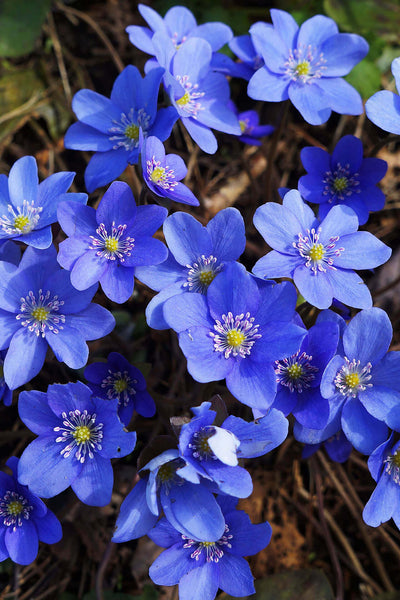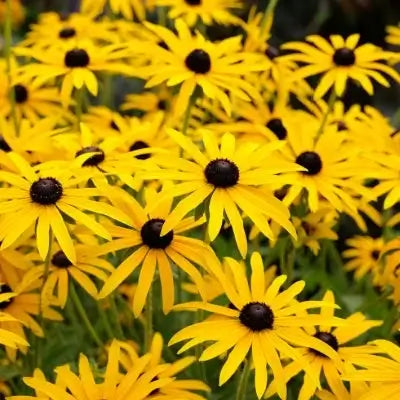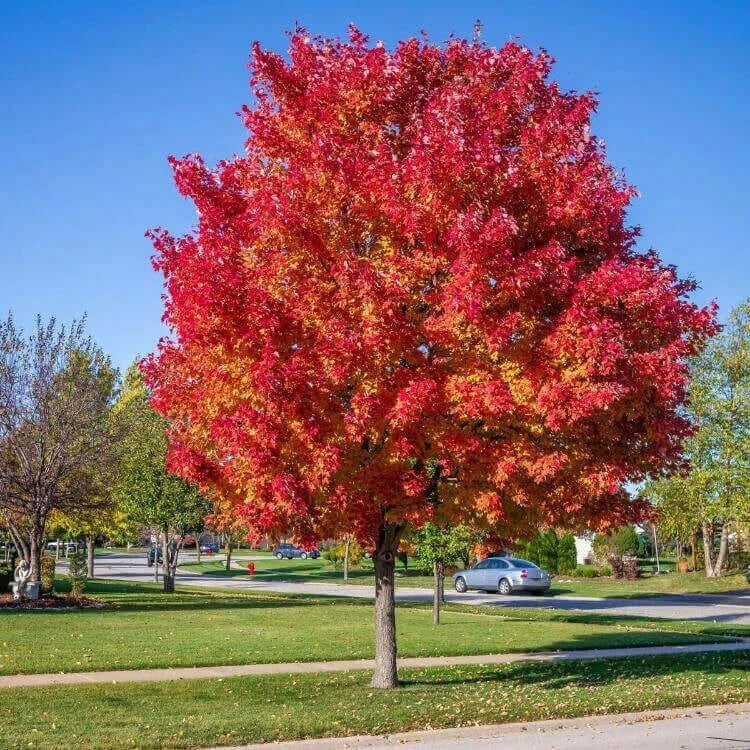The Beginner’s Path to Container Gardening
Share
Container Gardening for Beginners: Cultivating Green Spaces Anywhere
Container gardening allows new gardeners to grow fresh produce, vibrant flowers, or calming herbs in limited spaces through a flexible approach. New gardeners can quickly start their plant-growing journey through container gardening because it eliminates the need for expansive land or traditional garden plots. Container gardening provides gardening opportunities where inadequate soil quality, limited available space, or the climate restricts year-round in-ground planting. New gardeners find that container gardening leads to better knowledge of plant care and faster visible results than traditional ground beds.
Containers function as versatile plant homes when placed on sunny windowsills or small balconies and when used to line patios with pots. The flexible nature of container gardening allows gardeners to explore various plant options, including compact tomatoes, aromatic herbs, and trailing flowers that improve outdoor beauty. Every beginner who embraces creativity and seeks knowledge will enjoy container gardening without the burden of elaborate soil preparation and extensive maintenance work.
Selecting the Right Containers
The success of container gardening depends greatly on selecting the optimal container for plant growth. Various functional and creative container options exist, including lightweight plastic pots and terra-cotta planters with timeless appeal. Gardeners show their creativity in container gardening by using unusual items such as wooden boxes, metal buckets, and plastic-lined baskets. The choice of container should include careful evaluation of drainage capabilities and how different materials affect plant vitality. Porous materials enable better air circulation around plant roots, making them more susceptible to drying out quickly during hot weather. Closed containers maintain high moisture levels but can trigger root problems when they lack bottom drainage holes. A successful container design requires adequate water drainage to prevent root waterlogging; each design has its benefits and drawbacks. The root system can become restricted when plants are placed in cramped pots, and dark-colored containers tend to absorb more heat throughout daytime hours. Containers become stylish and sustainable options for growing lush greenery in compact areas through careful planning.
The overall suitability of a container is affected by its proper placement. Balconies or small decks benefit from lightweight planters due to weight restrictions, yet heavier ceramic or concrete planters provide necessary stability in windy or exposed locations. The daily movement of sunlight determines the best container arrangement since most vegetables and several flowering plants need sufficient light to grow effectively. Arranging containers in groups on a patio or terrace establishes a visually attractive and functional outdoor space that serves as a focal point. Self-watering containers present an easy-going solution for minimal-maintenance gardening since they maintain stable moisture levels and provide busy gardeners with some flexibility in their daily routines. The ideal container should reflect personal taste while meeting practical needs and supporting plant growth.
Preparing the Soil and Choosing Plants
The selection of soil is a crucial element for successful container gardening practices. Most container plants require different soil because garden soil tends to be too dense and lacks consistent nutrient balance. Experts usually advise using a specialized potting mix as it provides necessary drainage, aeration, and moisture retention features. The light material facilitates root oxygenation and excess water drainage, minimizing root rot or fungal infections. Incorporating aged compost or other organic matter into the potting mix helps gardeners create better soil structure and fertility, leading to strong seedling development. Regular applications of natural fertilizers help container gardens maintain nutrient levels because repeated watering causes these nutrients to wash away. Regular nutrient replenishment supports plants in thriving in restricted growing spaces.
Choosing the right plants requires both scientific knowledge and artistic judgment. Seed packet labels and nursery tags help novice gardeners select plants that thrive in containers. Dwarf varieties and compact plant species work well because they do not outgrow their limited space and need minimal maintenance. Basil, thyme, and rosemary make excellent choices for container gardening because they grow well in pots and allow for gradual harvesting throughout the kitchen season. Shallow pots offer a viable solution for cultivating leafy greens and salad ingredients that deliver fresh produce to your fingertips. With ample sunlight, cherry tomatoes, peppers, and strawberries will thrive in deep containers. Geraniums, petunias, and pansies provide eye-catching color while attracting pollinators to your containers. By grouping plants with similar care needs, you create a mini garden where watering, sunlight, and temperature requirements work together to maximize space.

Caring for and Maintaining Your Container Garden
Proper watering forms the foundation of plant health maintenance, while achieving the right balance remains essential for success. Many gardeners tend to overwater container gardens to protect their plants from dry conditions. Excessive water deprives roots of oxygen, resulting in disease development or root deterioration. Regularly inspecting the potting mix and monitoring its drying rate enables gardeners to make precise watering decisions. A hand test or surface touch test gives hints about moisture content, while other gardeners check container weight for indications. Containers that have lost considerable weight probably need a substantial watering session. When plant leaves start to droop or wilt, it indicates a lack of water, while addressing moisture shortages early remains the optimal approach. Watering plants early in the morning or late afternoon helps maintain moisture levels by minimizing evaporation during midday heat. A thin layer of organic mulch applied by some gardeners protects the soil surface through moisture retention and root temperature control.
Regular fertilization increases plant growth and production output because container plants use nutrients more quickly. Slow-release natural fertilizers or liquid feeding solutions provide continuous nourishment to plants during their active growth periods and fruit-bearing stages. Monitoring plant vigor through leaf and flower observations enables gardeners to refine fertilization techniques. A deficiency may be indicated by discolored leaves or stunted growth, which could benefit from an extra dose of balanced fertilizer. Container gardens offer less root space than in-ground plants, requiring gardeners to monitor plants for early stress indicators.
Pruning and grooming operations improve plant health by providing essential sunlight and fresh air access to important leaves and stems. Pruning dead leaves and wilted flowers makes gardens look better while also helping plants direct more energy into producing new growth and flowers. Although compact varieties generally need minimal pruning, some types require periodic trimming for aesthetic shape maintenance and to avoid dense growth. Support structures like stakes and small trellises offer essential support to climbing or taller plants that risk falling without proper support.
Managing pests becomes more straightforward in container gardening because individual pots provide better protection against insect invasions. Monitoring leaves for any signs of discoloration or insect damage and cleaning the pests off with water or utilizing safe plant deterrents will maintain the well-being of your container garden. Insects that are beneficial, like ladybugs or lacewings, can help prevent infestations from occurring. Successful container gardening throughout the growing season often requires strategic watering practices, fertilizing strategies, pruning activities, and pest monitoring efforts.
Container gardening provides the rewarding experience of growing life in a limited space. Gardeners maintain a continuous bond with nature through this method, which offers opportunities to explore and adjust their gardening practices based on seasonal changes, light availability, and individual tastes. Every pot or planter transforms into a microcosm that combines soil, water, and sunlight to support miniature ecosystems. Beginners learn plant care rhythms and develop horticultural skills while bringing homegrown produce and flowers into their daily routine through these gardening methods. Container gardening enables people to explore their interests by nurturing herbs on windowsills or creating lush vegetable gardens on expansive terraces while learning through practice and enjoying rich plant growth. New planters establish their path to achievement through proper container selection, quality soil, and regular maintenance. Through this tranquil, immersive educational journey, people learn to convert small spaces into lush sanctuaries that enhance daily life while honoring nature's beauty and abundance.













